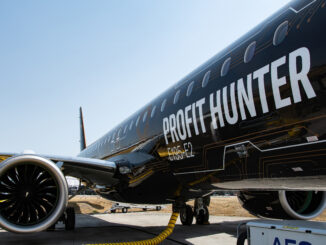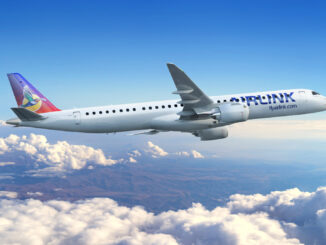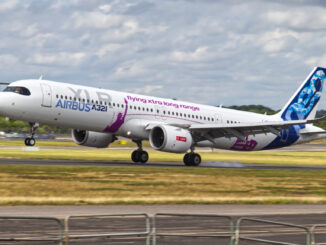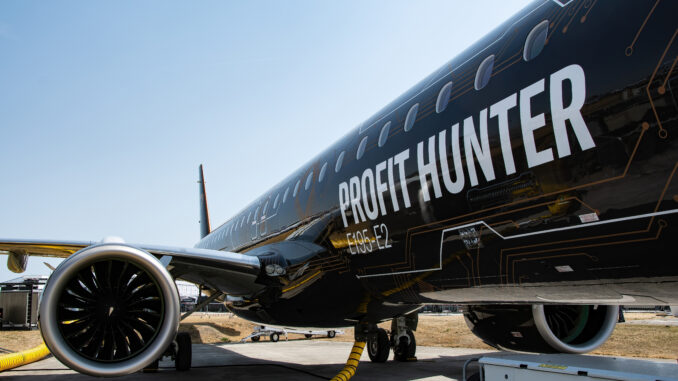
Brazilian airframer Embraer is celebrating 55 years of aircraft manafacturing alongside 35 years as a public listed company on the São Paulo Stock Exchange.
To mark the occasion the company brought to gether shareholders, investors, and financial analysts at B3, the exchanges headquarters, where company executives detailed their strategy for growing the company in the coming years.
Embraer’s CFO, Antonio Carlos Garcia said: “We are currently reaping the results of an intense cycle of investments in our existing product portfolio, leading to a significant increase in revenue and profitability. The capital market has acknowledged this prosperous period for Embraer through the substantial appreciation of our shares this year. We are optimistic and confident about the future, ready to deliver very positive results in 2024,”
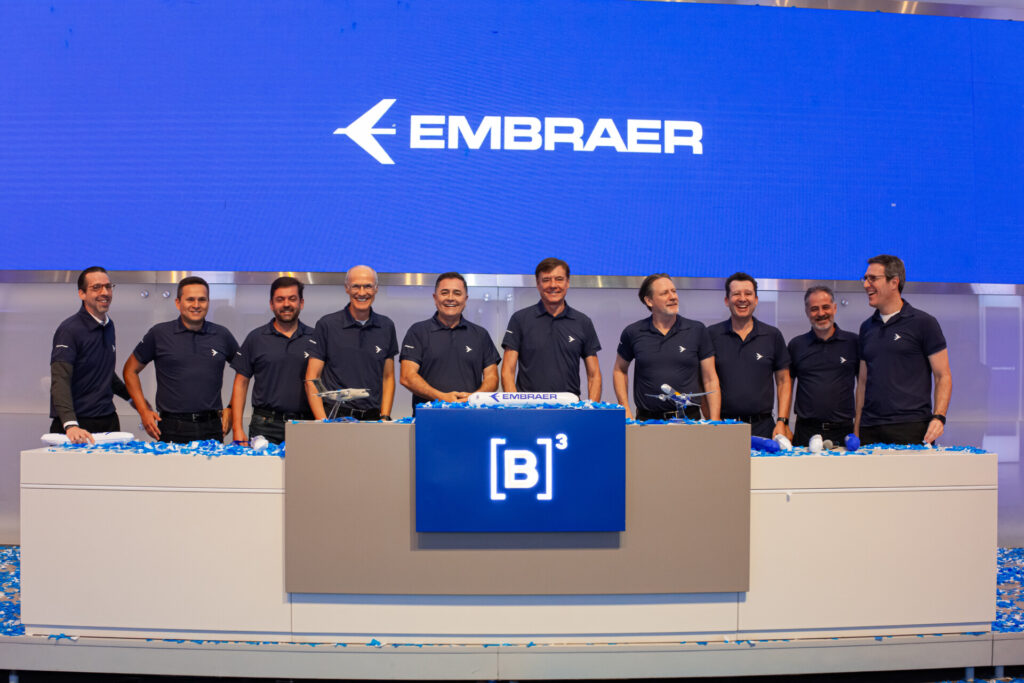
Embraer, which makes the popular e-Jet range of the E170/175 and E190/195, was founded in 1969 by the Brazilian government, it was established with the goal of developing a strong domestic aeronautical industry. Over the decades, the company has grown from a national project into a global aviation leader, demonstrating a remarkable ability to innovate and adapt to market demands.
Early Years and Initial Success (1960s-1970s)
Embraer was born during a time of ambitious industrialization in Brazil, with the government aiming to foster growth in advanced industries. The company’s first major milestone came in 1973 with the development of the EMB 110 Bandeirante, a twin-turboprop light transport aircraft. Originally designed for military use, the Bandeirante quickly found success in commercial markets as well. This aircraft established Embraer’s reputation for producing reliable and versatile planes, helping the young company make its mark internationally.
Expansion and Challenges (1980s)
In the 1980s, Embraer continued to expand its range of products, notably launching the EMB 312 Tucano. This military trainer aircraft became one of the company’s most successful exports, adopted by air forces worldwide. Embraer also entered the commercial aviation sector, but the company faced significant financial difficulties during this decade due to economic challenges in Brazil and tough international competition. Despite these struggles, Embraer remained committed to innovation, setting the stage for future success.
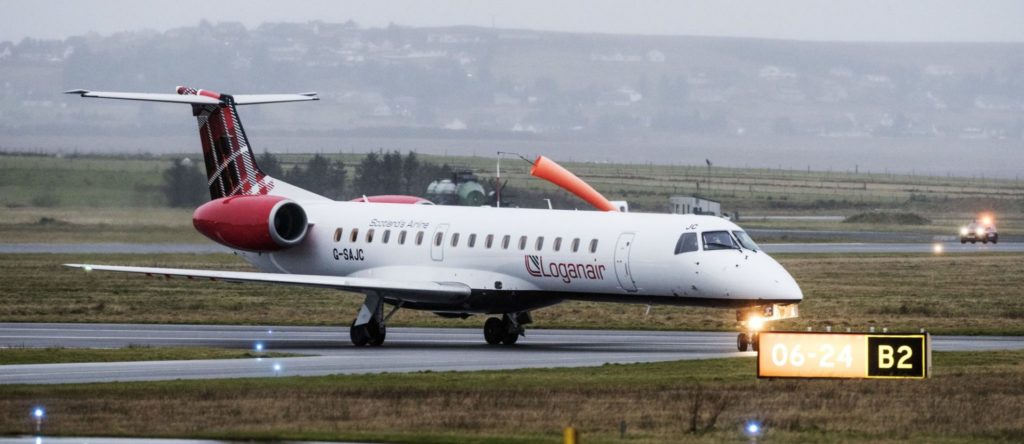
Privatization and Commercial Breakthrough (1990s)
A turning point came in 1994 when Embraer was privatized as part of broader economic reforms in Brazil. This move revitalized the company, allowing it to modernize and better compete on the global stage. Soon after, Embraer entered the commercial aviation market in earnest with the launch of the ERJ 145 regional jet in 1996. The ERJ 145 series was a game-changer, offering airlines a more efficient, smaller jet ideal for regional flights. It became a commercial success, propelling Embraer into the ranks of major global aircraft manufacturers.
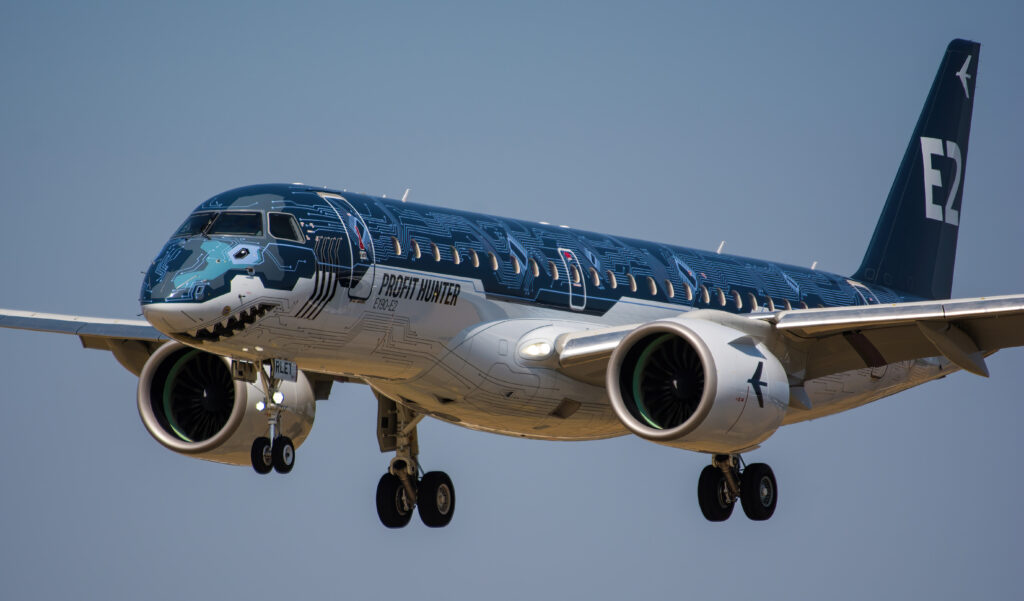
The Rise of the E-Jet and Market Leadership (2000s)
Building on the success of the ERJ 145, Embraer introduced the E-Jet family (E170/E190) in the early 2000s. These new-generation regional jets quickly gained popularity among airlines for their comfort, performance, and cost-efficiency on short-to-medium-haul routes. The E-Jet family helped Embraer dominate the regional jet market and established it as a key competitor to other major manufacturers like Canada’s Bombardier.
Simultaneously, Embraer diversified into the business jet market with the Phenom and Legacy series. These jets helped the company solidify its position as a versatile manufacturer, catering to commercial airlines, private customers, and governments alike.
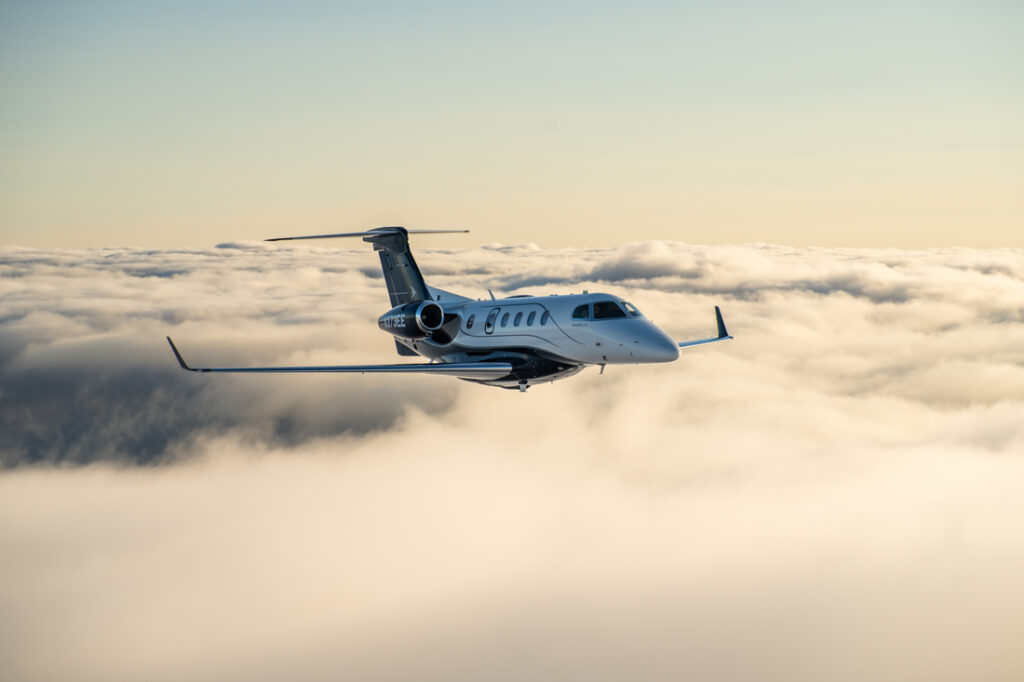
New Ventures and Strategic Shifts (2010s-Present)
In recent years, Embraer has continued to evolve. The company entered into a joint venture with Boeing in 2019, aiming to further expand its reach in commercial aviation. The deal would have given Boeing an 80% stake in Embraer’s commercial jet division, but it collapsed in 2020 due to economic uncertainties caused by the COVID-19 pandemic. Despite this setback, Embraer has remained resilient, continuing to develop new aircraft and technologies, including ventures into electric propulsion and urban air mobility.
Today, Embraer stands as a symbol of Brazilian innovation and perseverance in the aerospace industry. Known for its range of regional jets, business aircraft, and military products, the company remains a global leader, constantly adapting to changing markets and technological trends. Its journey from a state-backed initiative to a competitive global manufacturer is a testament to its remarkable ability to innovate, expand, and thrive in one of the world’s most demanding industries.


